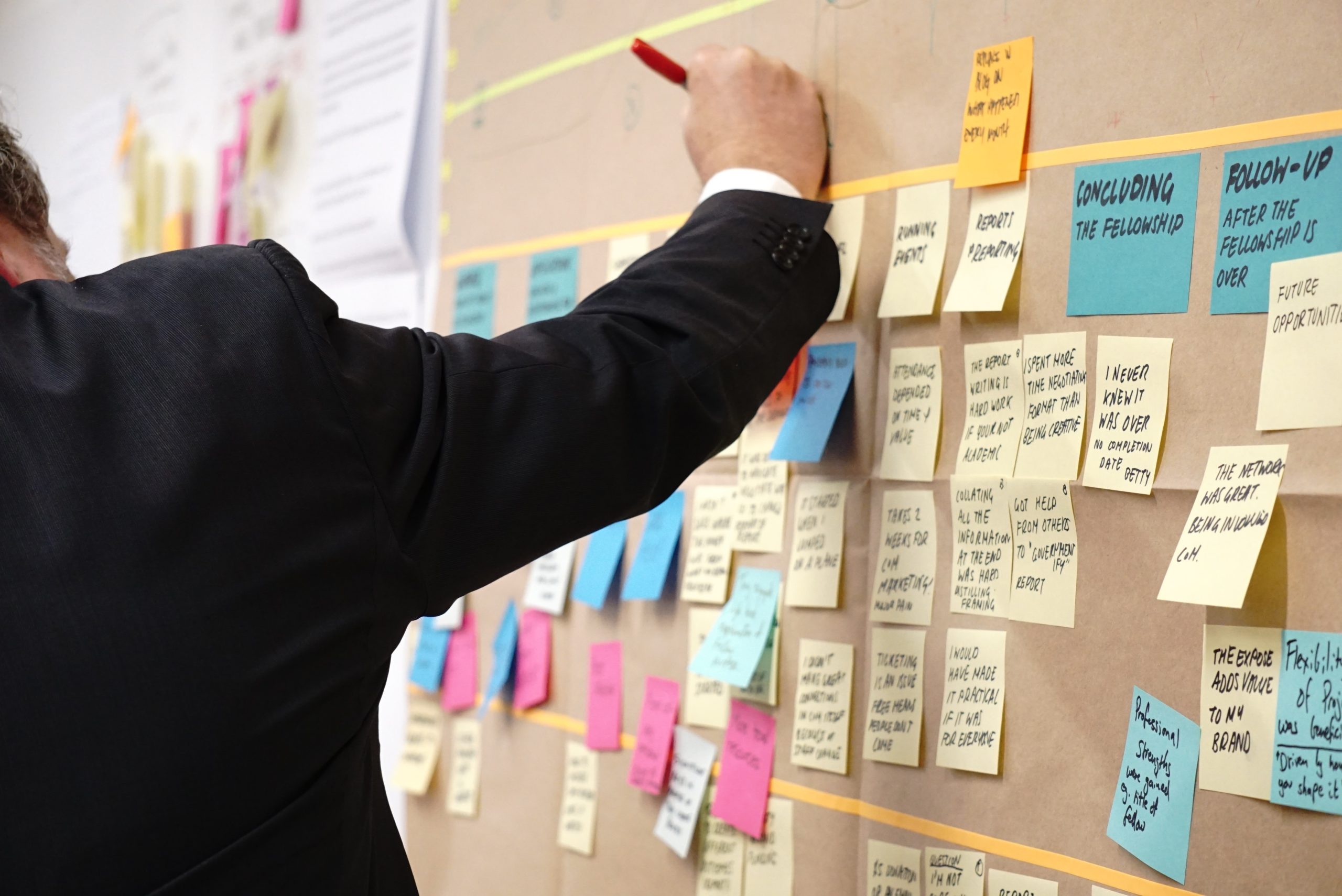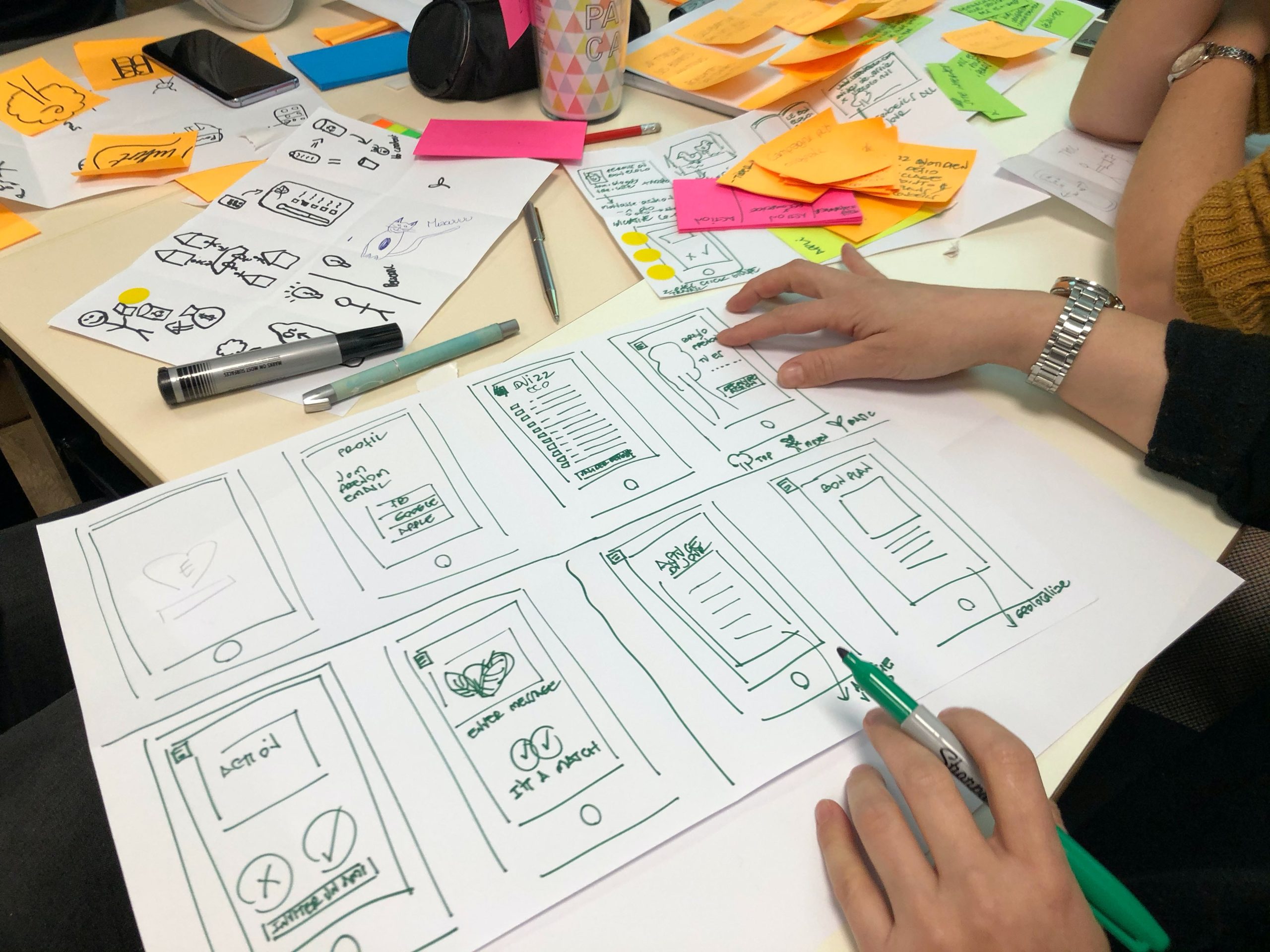Design workshops are an essential tool for businesses looking to create innovative solutions that meet the needs of their customers. However, running a successful design workshop requires careful planning and execution. Without a well-planned agenda and clear objectives, your workshop can quickly become unfocused and unproductive.
To help you run effective design workshops, we have created a comprehensive checklist that covers everything from pre-workshop planning to post-workshop follow-up. By following this checklist, you can ensure that your workshop runs smoothly and achieves its goals – whether you’re looking to generate new ideas, improve existing products or services, or simply build better relationships with your team members and clients.
Why design workshops are important
Design workshops are an essential tool for designers to bring together diverse perspectives, ideas, and expertise while working on a project. These workshops provide a collaborative environment where designers can brainstorm ideas, get feedback from others, and solve design problems effectively. By bringing people together from different backgrounds and experiences, design workshops foster creativity and encourage participants to think outside the box.
Another important aspect of design workshops is that they help to create a shared vision among team members. Designers can use these sessions to align everyone’s expectations around the project goals, objectives, timelines, deliverables, etc., which ultimately leads to better outcomes. Additionally, design workshops are an excellent way for designers to test their assumptions about how users will interact with their designs. These sessions allow testers to observe user behavior in real-time and adjust designs accordingly.
Overall, design workshops benefit both designers and non-designers alike by providing an inclusive space for collaboration that fosters innovation and ultimately helps achieve project success. When done correctly with proper planning and execution based on best practices like those outlined in our checklist below – they can drive significant improvements in product quality while creating a more engaging experience for all involved parties throughout the process!

Setting goals: Define workshop objectives
Setting clear workshop objectives is critical to ensuring the success of any design workshop. It helps to define what the participants will learn, and what they will take away from the workshop experience. The first step in defining workshop objectives is to identify the specific problem or challenge that the workshop aims to solve.
Once you have identified the problem or challenge, it’s time to determine the goals of your workshop. These goals should be specific, measurable, achievable, relevant, and time-bound (SMART). They should also align with your overall project objectives and business goals.
For instance, if you are running a design thinking workshop aimed at improving customer satisfaction levels for a particular product, your objective might be to uncover insights into customer needs and preferences through empathy exercises such as persona development or journey mapping. Your goal might then be to ideate solutions that address these needs effectively within a specified timeframe. By clearly defining your objectives in this way before beginning your design workshops can help ensure that all participants are focused on achieving those same goals throughout their time together.
Planning logistics: Venue, materials, and attendees
The success of a design workshop heavily relies on the planning logistics that go into it. First and foremost, selecting a venue is crucial as it sets the tone for the event and can greatly impact attendee engagement. Consider factors such as location, accessibility, layout, and amenities when choosing a space. It’s also important to ensure the venue has all necessary equipment such as projectors, screens, and sound systems.
The next step in planning logistics is determining what materials are needed for the workshop. This includes items such as pens, paper, post-its, whiteboards, markers, and any other supplies required for activities or exercises during the session. Additionally, catering options should be considered if refreshments or meals will be provided.
Finally, identifying potential attendees is key to ensuring a successful workshop. Determine who would benefit from attending based on their job function or expertise level in the topic being covered. Send out invitations well in advance with clear expectations of what attendees can expect to gain from participating in the workshop. By carefully considering these planning logistics – venue selection, materials needed and potential attendees – planners can lay a strong foundation for an effective design workshop experience for all participants involved.

Facilitation tips: Encouraging collaboration and creativity
To encourage collaboration and creativity in design workshops, facilitators should create a safe and open environment for participants to share their ideas. This can be achieved by setting ground rules at the beginning of the workshop, such as respecting each other’s opinions and refraining from criticizing or judging others’ ideas. Facilitators should also make sure that everyone has an equal opportunity to speak and contribute their thoughts.
Another way to encourage collaboration is by introducing group activities that allow participants to work together towards a common goal. For instance, brainstorming sessions where everyone shares their ideas without criticism can help generate more innovative solutions. Collaborative sketching exercises or prototyping activities can also foster creativity by encouraging participants to build on each other’s ideas.
Facilitators should also be mindful of how they provide feedback during the workshop. Instead of simply pointing out flaws or areas for improvement in a participant’s idea, they should offer constructive feedback that encourages further exploration and development of the idea. By creating an atmosphere of mutual respect and support, facilitators can help unlock the full potential of all participants’ creativity and collaborative abilities.
Activities to try: Icebreakers, brainstorming, and prototyping
Icebreakers, brainstorming, and prototyping are essential activities to try when running design workshops. These activities help to break down barriers and encourage participation from all members of the team. Icebreakers are particularly useful for creating a relaxed atmosphere where everyone feels comfortable sharing their ideas. They can range from simple games like two truths and a lie to more complex team-building exercises.
Brainstorming is another important activity that allows teams to generate new ideas quickly. The goal is to come up with as many ideas as possible without worrying about their feasibility or practicality. This helps to encourage creativity and often leads to unexpected solutions. Prototyping, on the other hand, involves creating a physical or digital representation of an idea. This process allows teams to test out different concepts and see what works best before committing resources.
Overall, incorporating icebreakers, brainstorming, and prototyping into your design workshops can help foster collaboration, innovation, and creativity among team members. By using these techniques effectively, you can ensure that everyone feels heard and valued while also generating new insights that can lead to successful design outcomes.

Measuring success: Collect feedback and evaluation
Collecting feedback and evaluation is an essential part of measuring the success of design workshops. This feedback can come in several forms, including surveys, interviews, or evaluations completed by participants at the end of the workshop. These tools help to gather data on what worked well during the workshop and areas that need improvement.
When collecting feedback, it’s important to ask open-ended questions that allow participants to share their thoughts and feelings about the experience. This allows for a more comprehensive understanding of what was successful and what wasn’t. Additionally, it’s important to analyze this feedback carefully so that you can identify trends or common themes across responses.
Evaluating a design workshop is not just beneficial for organizers but also for future participants who will benefit from improvements based on previous experiences. By gathering constructive criticsm from past attendees it provides insight into areas where adjustments are needed which will lead to better experiences in future sessions. The best way to measure success is by listening to those who attend and using their insights as guidance for improving your next event.
Conclusion: Design workshops drive innovation and growth
Design workshops are a powerful tool for driving innovation and growth within organizations. These workshops provide a structured environment to gather diverse perspectives, encourage collaboration, and generate new ideas. By bringing together individuals with different skill sets, backgrounds, and experiences, design workshops foster creativity and spur innovation.
One of the key benefits of design workshops is that they allow teams to focus on solving specific problems or challenges. This targeted approach enables participants to work towards a common goal while leveraging their individual strengths. Additionally, the workshop format encourages active participation from all team members, which can lead to more effective problem-solving and decision-making.
In conclusion, design workshops are an essential component of any organization’s innovation strategy. They enable teams to generate fresh ideas, collaborate effectively, and solve complex problems in a structured environment. By incorporating design workshops into your business processes regularly, you can create a culture of creativity that drives growth and success in your industry.
